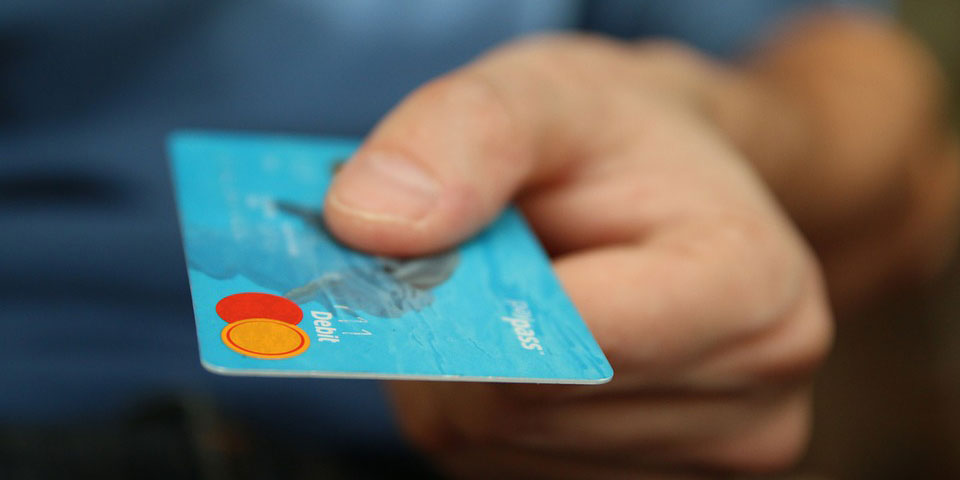Can’t Pay Your Medical Bills? Some Hospitals Telling Patients to Get a Loan
It’s difficult to know the exact number of people who are currently uninsured in the U.S., but estimates show that number can be anywhere between 20 and 30 million people.
Whether it’s because health insurance is too costly in this country, or people don’t think they need it, being covered is one of those tricky things that can ultimately hurt you if you’re not. Even if you do have insurance, there can be gaps in your coverage as well as high deductibles that can put you in a financial bind.
That’s what one woman from Arkansas found out the hard way! CNN reported a story of a woman who was three months pregnant and collapsed in a parking lot. She was rushed to the emergency room and despite having insurance, she still had to pay $830 out of pocket.
The hospital gave her two choices: pay the bill or get a loan through their financial institution. For most people, this sounds like a great deal. With the loan, you can still pay the bill, but on a more manageable scale.
Right now, around 20%-30% of hospitals are offering this financing option, but it leaves a lot of experts with a bad taste in their mouth. A lot of private doctors do offer services to help their financially strapped patients, but there is something to be said about pressuring someone, after an emergency, to secure a bank loan to pay the bill.
The Cost of Health Care
There’s more to the equation than the moral question of whether a hospital shall use high-pressure tactics to during/after an emergency. A lot of the problem has to do with the cost of health care. Most insurance companies can negotiate what they consider a fair price for the services provided.
If you immediately sign up for a loan with the hospital, you’re not going to get the discounted services. The hospital is going to use their own inflated price list, a cost most Americans cannot afford.
There are many Americans who also have high deductibles. One person in Florida had to pay $13,000 out of pocket for an emergency procedure. What is a person to do when most Americans don’t even have $400 in their savings?
Paying Back the Bill
The best thing to do if you find yourself in this situation is to be upfront and honest with the hospital. Tell them you cannot afford the bill. They often have other resources, such as financial assistance, government help, and can even screen the individual for Medicaid to see if they qualify.
If none of that works, then you might have to eat the bill. Rather than getting pressured into a loan that day, take the bill home and do your research. There may be local, state, and federal avenues that exist to assist you. Also, don’t be afraid to negotiate with the hospital on a better price. They want to get paid, so they might just work with you to get it done.
